Earlier this week I received an email announcement from the Bell Museum of Natural History about BioBlitz 2013, an event slated for this upcoming Saturday, June 15th. At the event, scientists and nature lovers will participate in a 24-hour natural survey of the Coldwater Spring area, where the National Park Service is working to restore natural prairie to a site formerly occupied by the abandoned buildings of the Bureau of Mines: Twin Cities Research Center. During the BioBlitz, volunteers will observe and record flora and fauna in order to help scientists with land management and conservation efforts.
Unfamiliar with “Coldwater Spring,” I further investigated the area on the National Park Service website. Coldwater Spring is land that resides between Minnehaha Park and Fort Snelling amidst the border of Minneapolis and St. Paul: (MAP). The mining research center occupied the site from the 1950s until 1997, when the Bureau lost federal funding to support its work. The buildings sat vacant until they were removed by the Park Service, which acquired the land from the Federal Government in 2010.
Over half a century before the site housed the mining research center, Coldwater Spring served as the main water supply system for Fort Snelling. The Army set up a waterworks at the spring in 1880, and by the turn of the century, a reservoir, pump house and two water towers were erected at the site. However, by the 1920s, the Army began to source its water supply from the city of St. Paul and the Coldwater set up was no longer used. Here is another view of the spring from the Minnesota Historical Society’s collection: The “Cold Spring,” Camp Coldwater.
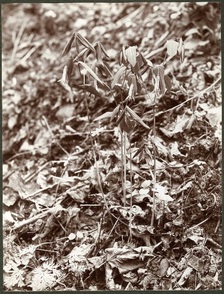 My brain sort of went in to a blitz as I began to take in all of this information. The very day that I received the BioBlitz announcement, I was preparing a descriptive metadata worksheet for a collection of photographs from the Department of Botany, and the locations Minnehaha and Fort Snelling – very near to Coldwater Spring – were fresh in my mind.
My brain sort of went in to a blitz as I began to take in all of this information. The very day that I received the BioBlitz announcement, I was preparing a descriptive metadata worksheet for a collection of photographs from the Department of Botany, and the locations Minnehaha and Fort Snelling – very near to Coldwater Spring – were fresh in my mind.
Over 2,000 photographs depicting flora were taken for the Department of Botany in the early 1900s. Each photograph is mounted to cardboard, and on the back is written the scientific name of the plant depicted as well as the location and year that the photograph was taken. Dozens of photographs in the first box of the photograph collection, Box 17, are labeled, “Minnehaha ’00,” or “Ft. Snelling ’00.” These photographs provide evidence of the very type of flora found surrounding the Coldwater Spring area in 1900.
As all of the photographs from this collection have now been scanned, I searched through the images and came across a photograph that requires no caption with identifying location information (though one is provided):
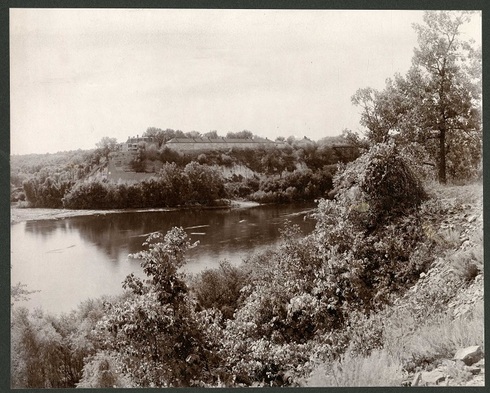
– #2780 View of Fort Snelling showing midsummer vegetation. Photograph by Williams. Minn Plant Life pg. 481
I hope that the BioBlitz event is a success for all partners in documenting the current plant and animal life of Coldwater Spring as it progresses through a restorative state. Images of plants and flowers taken near Minnehaha and Fort Snelling in 1900 (as well as at Lake Calhoun, Lake Minnetonka, White Bear Lake, and other locations) will be available on UMedia in the future. Until all of the photographs are described and uploaded, enjoy the Minnehaha/Fort Snelling “bio-photo blitz” below:
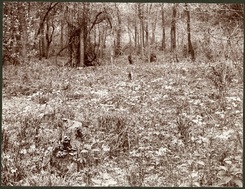
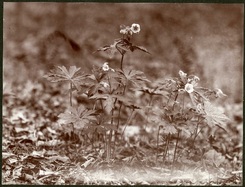
1)Phlox pilosa, Ft. Snelling ’00 [Prairie Phlox]
2)Geranium maculatum, Ft. Snelling ’00 [Wild Geranium]
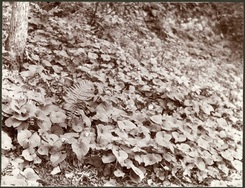
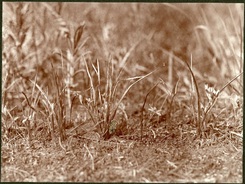
3) Viola Canadensis, Ft. Snelling ’00 [Canadian White Violet]
4) Hypoxis hirsuta, Minnehaha ’00 [Yellow Star-grass]
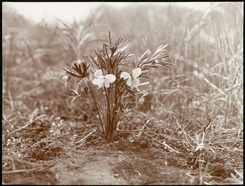

5) Viola pedata, Minnehaha ’00 [Birdfoot Violet]
6) Sanguinaria Canadensis, Minnehaha ’00 [Bloodroot]